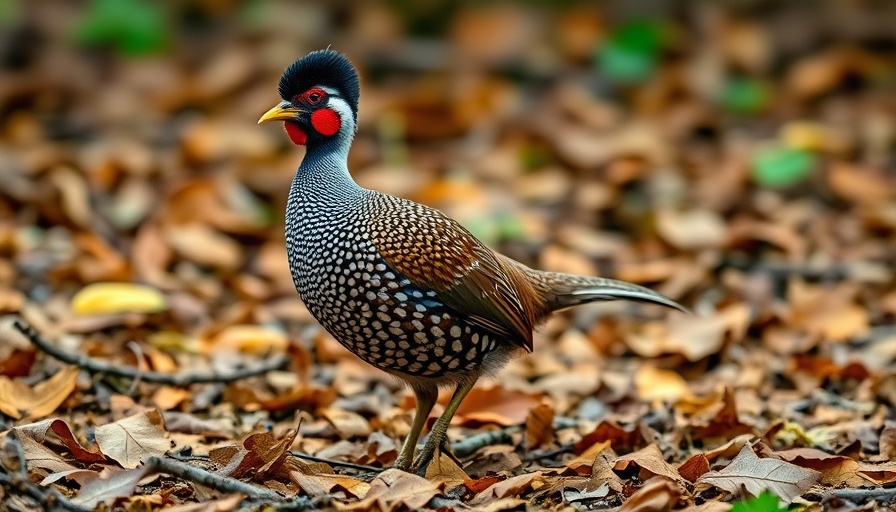
Discovering the Unique Dance of the American Woodcock
As the sun sets over the woodlands, the American Woodcock emerges from the shadows, captivating bird watchers with its distinctive courtship display. Known for its plump body and long bill, this interesting bird takes to the skies in a spectacular fashion. Male woodcocks, often referred to affectionately as timberdoodles, begin their ritual by calling out with a series of sharp "peent" noises before launching into the air.
During its flight, the bird ascends high above the treetops, where its wings produce a curious twittering sound. This unique auditory display, coupled with its slow spiral descent, has enchanted many nature enthusiasts. The visual spectacle culminates when the woodcock lands gracefully, showcasing its beautifully patterned gray back and vibrant orange belly, just before dusk settles in.
Why Watching the Woodcock Matters
The American Woodcock is not only an emblem of spring; it also highlights the delicate balance of forest ecosystems. Its breeding behavior is a critical indicator of environmental health. Observing these birds can inspire conservation efforts, as their presence signals suitable habitats and biodiversity.
The Cultural Significance of the Timberdoodle
The woodcock has inspired folklore and art throughout history, earning it numerous colorful nicknames that reflect its whimsical nature. For example, the term timberdoodle is a playful way to reference its irregular appearance and peculiar conduct. Engaging with local stories and traditions surrounding this bird enriches the collective appreciation for avian life and adds context to their behaviors.
Tips for Spotting the American Woodcock
If you want to witness the enchanting courtship of the American Woodcock, visit woodlands during the early spring. Look for clearings at dusk and listen for the distinctive "peent" calls, followed by the sounds of fluttering wings. A pair of binoculars will enhance your viewing experience, allowing you to appreciate the woodcock's vibrant plumage and unique flight patterns.
 Add Row
Add Row  Add
Add 




 Add Row
Add Row  Add
Add 

Write A Comment